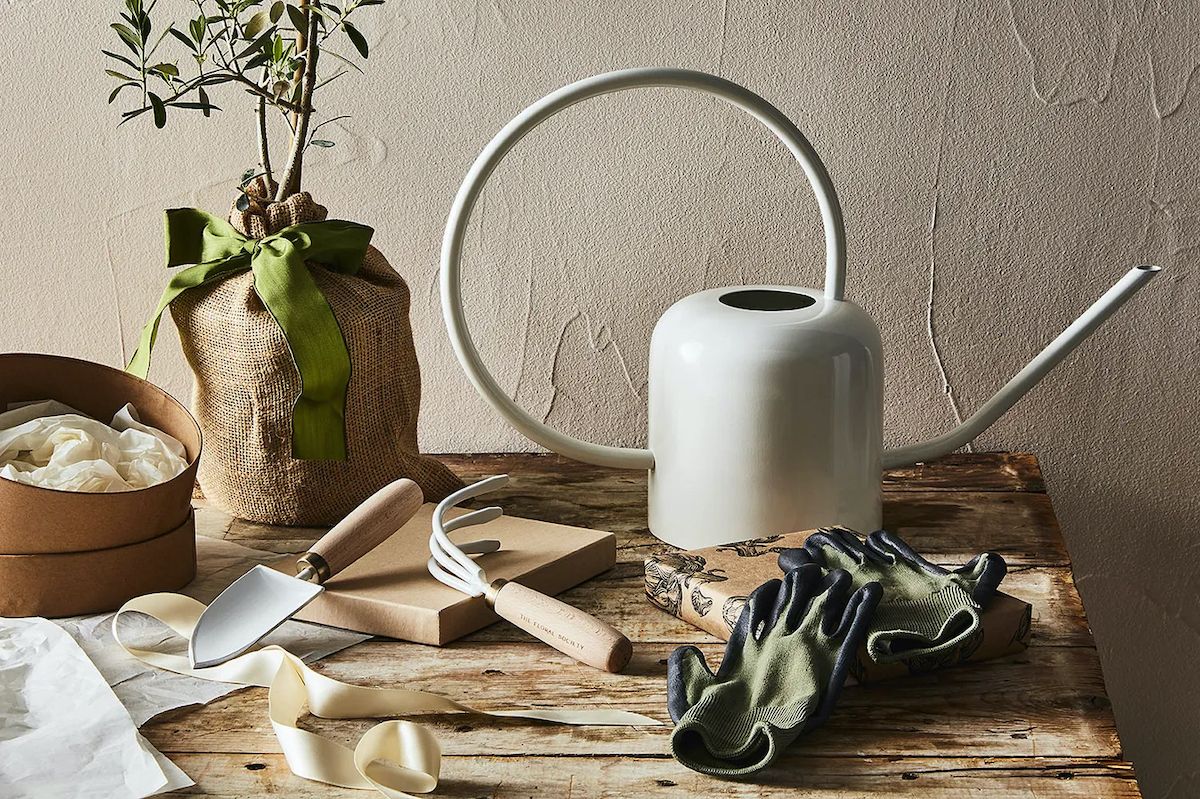When I started my first vegetable garden, I drew everything out on graph paper, much to the amusement of my husband. As it turns out, I had the right idea. A few years later, when I became a Master Gardener, I learned that record-keeping is an indispensable first step. Because, while we think we remember, the reality is that we forget things (did I fertilize that tomato plant two weeks ago?) in the course of a gardening season, let alone from one gardening year to the next.
How you keep track of what you grow — with a garden app, notebook, monthly planner, index cards, or on spreadsheets — doesn't matter, as long as it works for you and you record things while they're still fresh in your memory. As with anything else, record-keeping takes the guesswork out of gardening so you can focus your efforts on making your plants thrive.
If you've never grown a garden — in your backyard or in raised beds — keeping track of all the details can be overwhelming. But fear not, because I've broken down the best practices for record-keeping into two groups: essential data (for gardeners of all levels) and advanced record-keeping (for the more experienced among us).
* * *
For gardeners of all levels: Essential data
Make a map
Make a map to scale to record what you plant where. Figure out how much space each crop will need, mark it on your map, and plant accordingly. You will need the map for your garden next year to practice crop-rotation, a very old farming practice that avoids planting crops of the same families in the same spot for at least two years in a row. For example, peppers, eggplants, potatoes, and tomatoes are all members of the nightshade family, so you should not plant tomatoes in the same spot where you planted peppers the year before.
Each vegetable takes different nutrients out of the soil, and the plants can leave disease pathogens behind that survive even subzero winters and are ready to attack if they find fresh plants of the same family the next year. Crop rotation breaks that disease cycle. If you go by the book, plants of the same family should ideally not be grown in the same spot for three to four years. But frankly, that can be difficult to implement even if you have a large garden, so I'd recommend sticking at least to the two-year rule.
Keep track of planting and fertilizing dates
Recording the dates of what you planted is especially important when starting vegetables from seed, so you'll know the time frame in which you can expect to see growth, or whether the seeds have failed to germinate and you should reseed.
Record the dates when you add fertilizer and which type, as well as the dates when you applied products for pest or disease control. By and large, too little is better than too much, because overdoing fertilizer or chemicals can harm your plants.
* * *
For experienced gardeners: Advanced record-keeping
Make note of harvest dates
Recording the harvest dates for crops like garlic is crucial because if you wait too long, the cloves will have started to separate, and the garlic won't store well. When crops are ready to be dug will vary by variety, as well as the weather, but this year's harvest date will give you a reliable target date to harvest in subsequent years, subject to fine-tuning.
Keep pests top of mind
Note when pests and diseases pop up, such as the Colorado potato beetle. That way, you'll know next year when to watch out for those striped pests and you can take the necessary pest control measures right away.
Know your favorites
Write down the names of vegetable varieties and the seed company or nursery where you purchased them. With so many different varieties of every vegetable, this will help you keep track of which beefsteak tomatoes did well and tasted the best.
Expand your records to the whole yard
The above lists are for edible annuals (vegetables, herbs, and fruits such as melons) but keeping track of what you plant elsewhere in your yard is a good idea, too. In gardening groups on social media, I often see cries for help like "Can you identify this plant? I planted this last fall and I have no idea what the heck it is." Writing down which plants ended up where in your yard sets the whole ecosystem up for success, year after year.




Shares